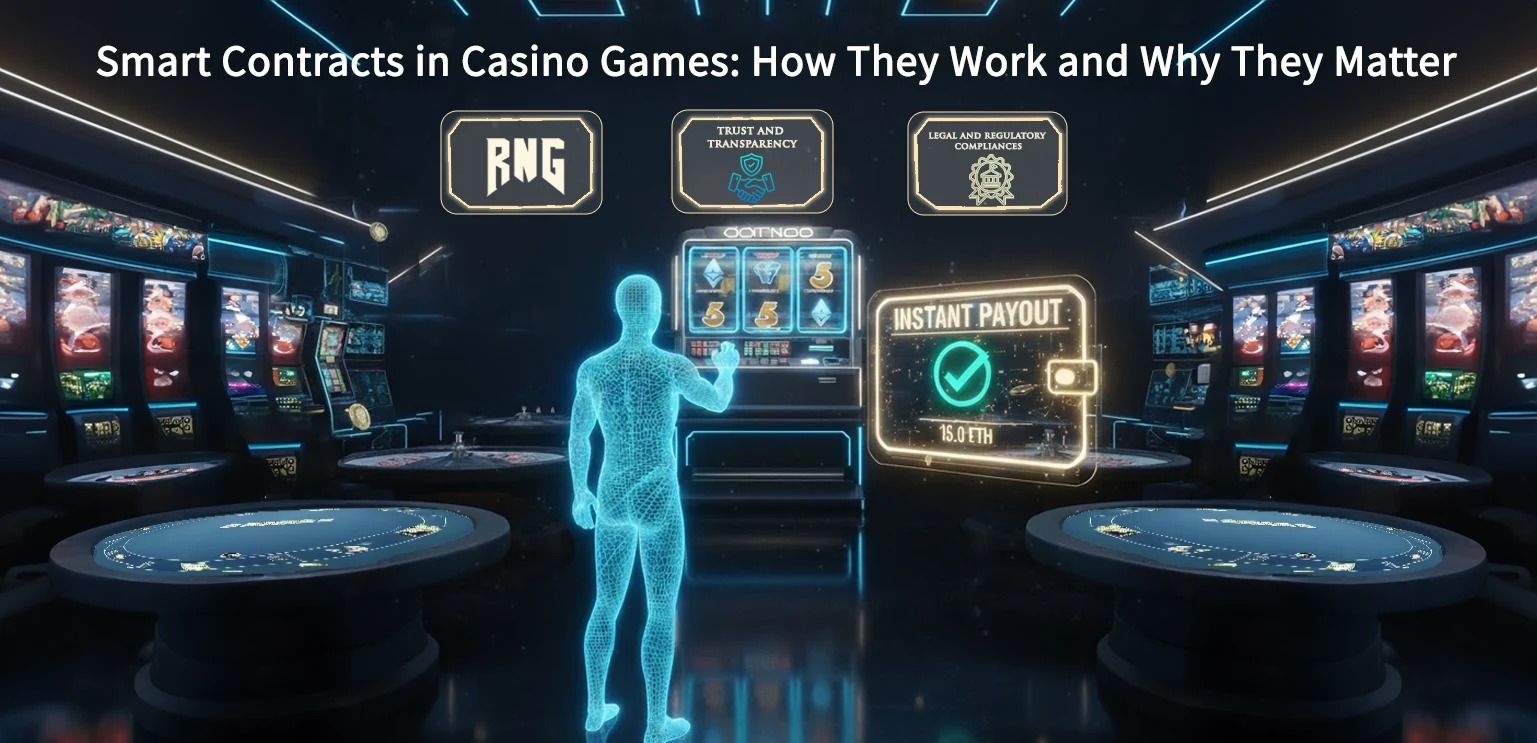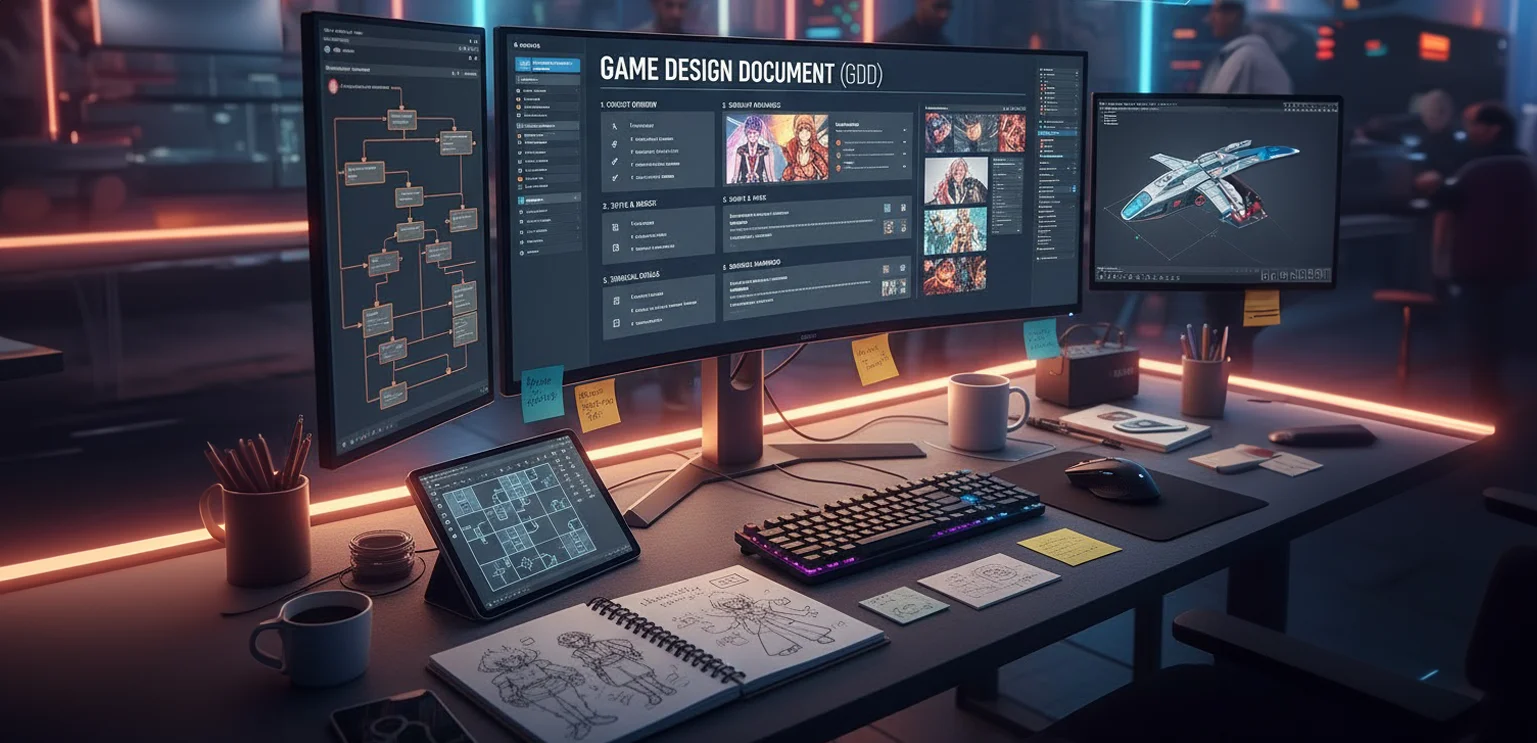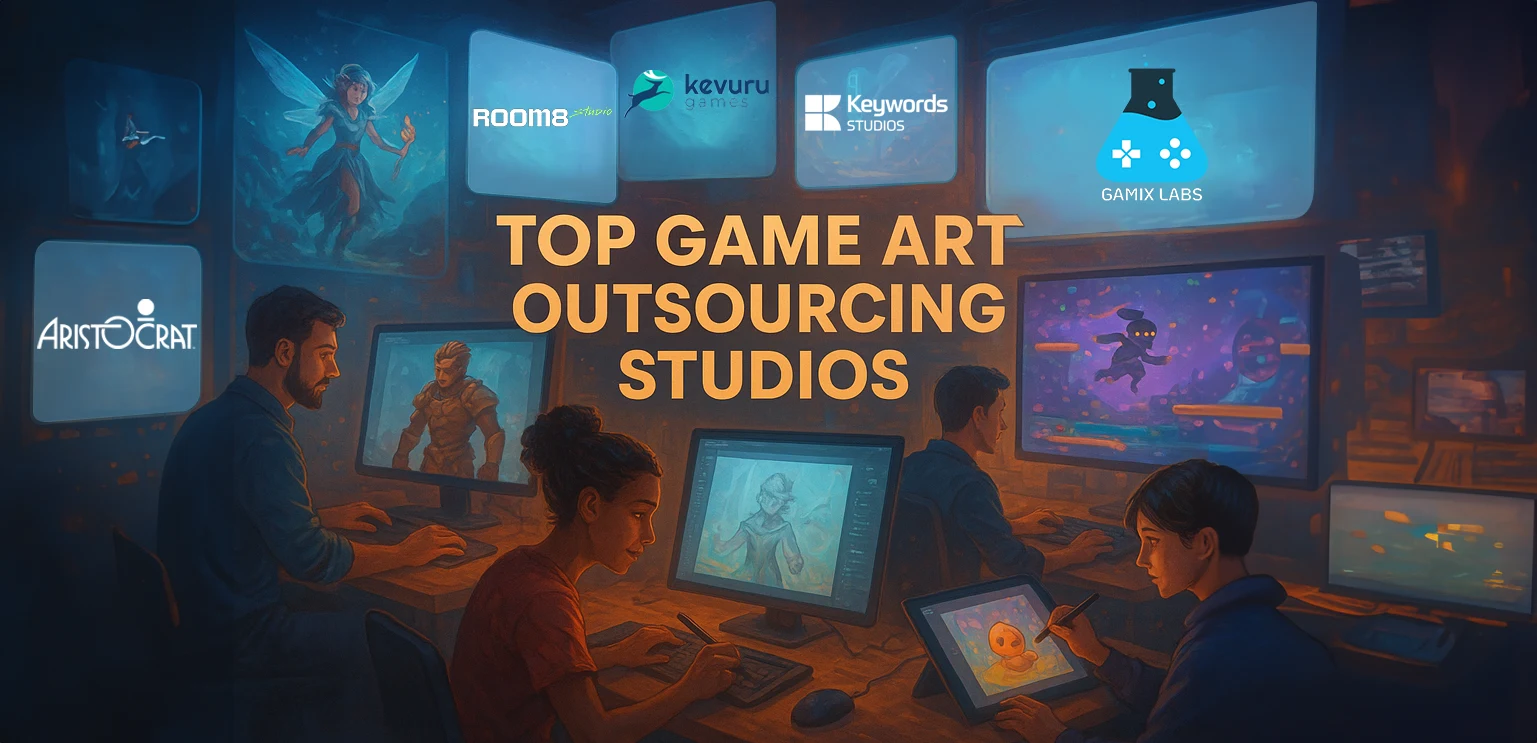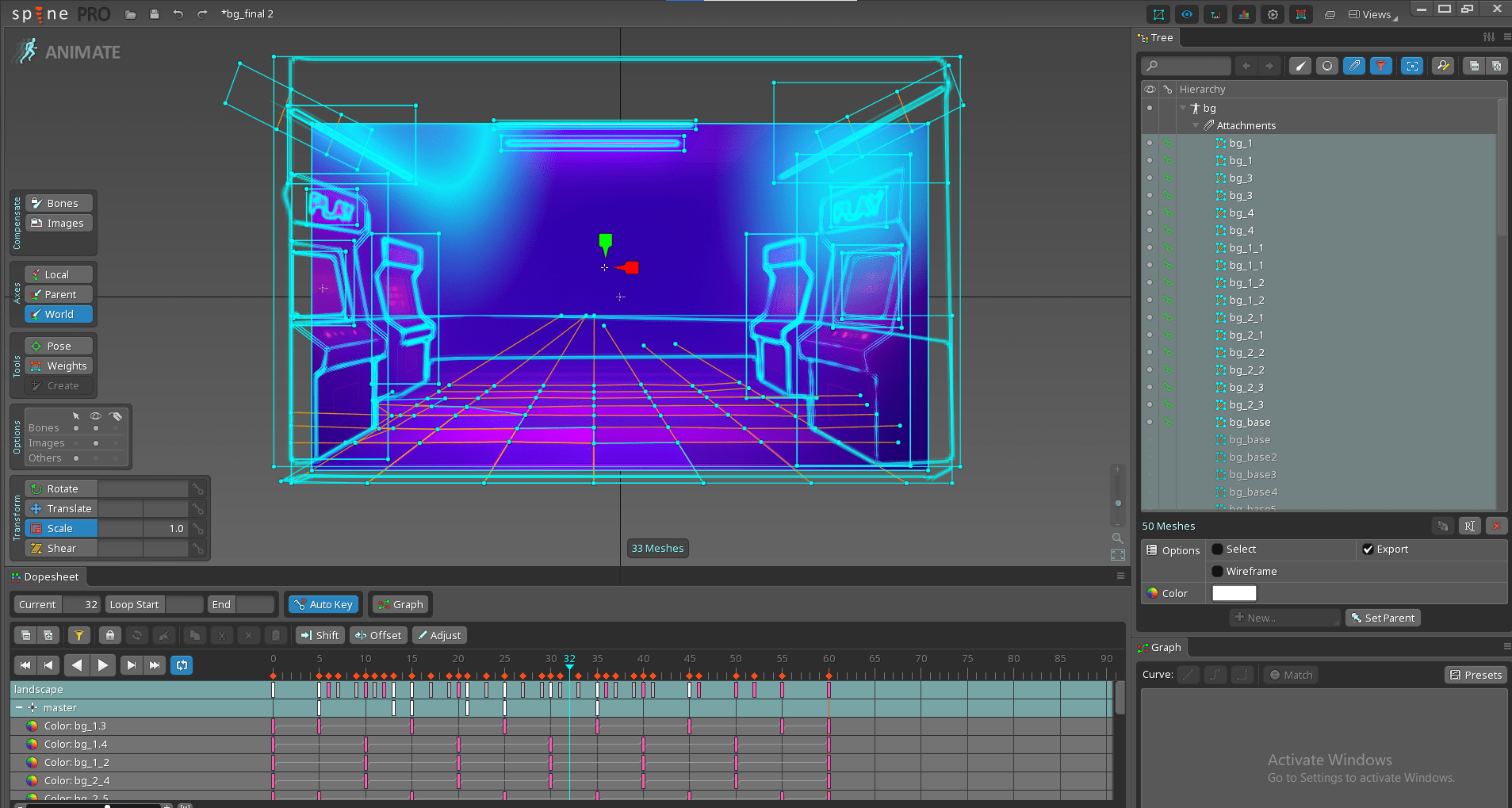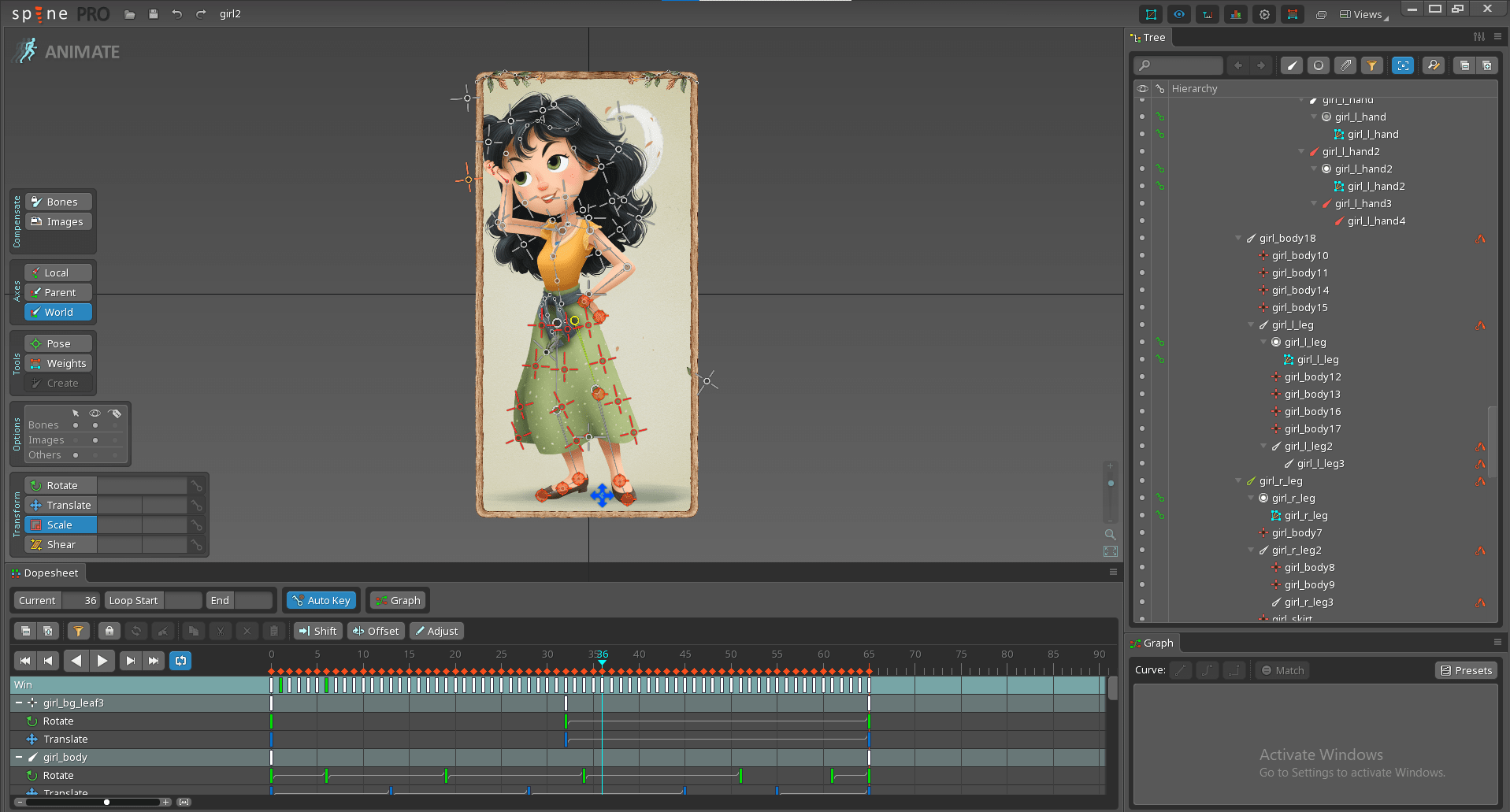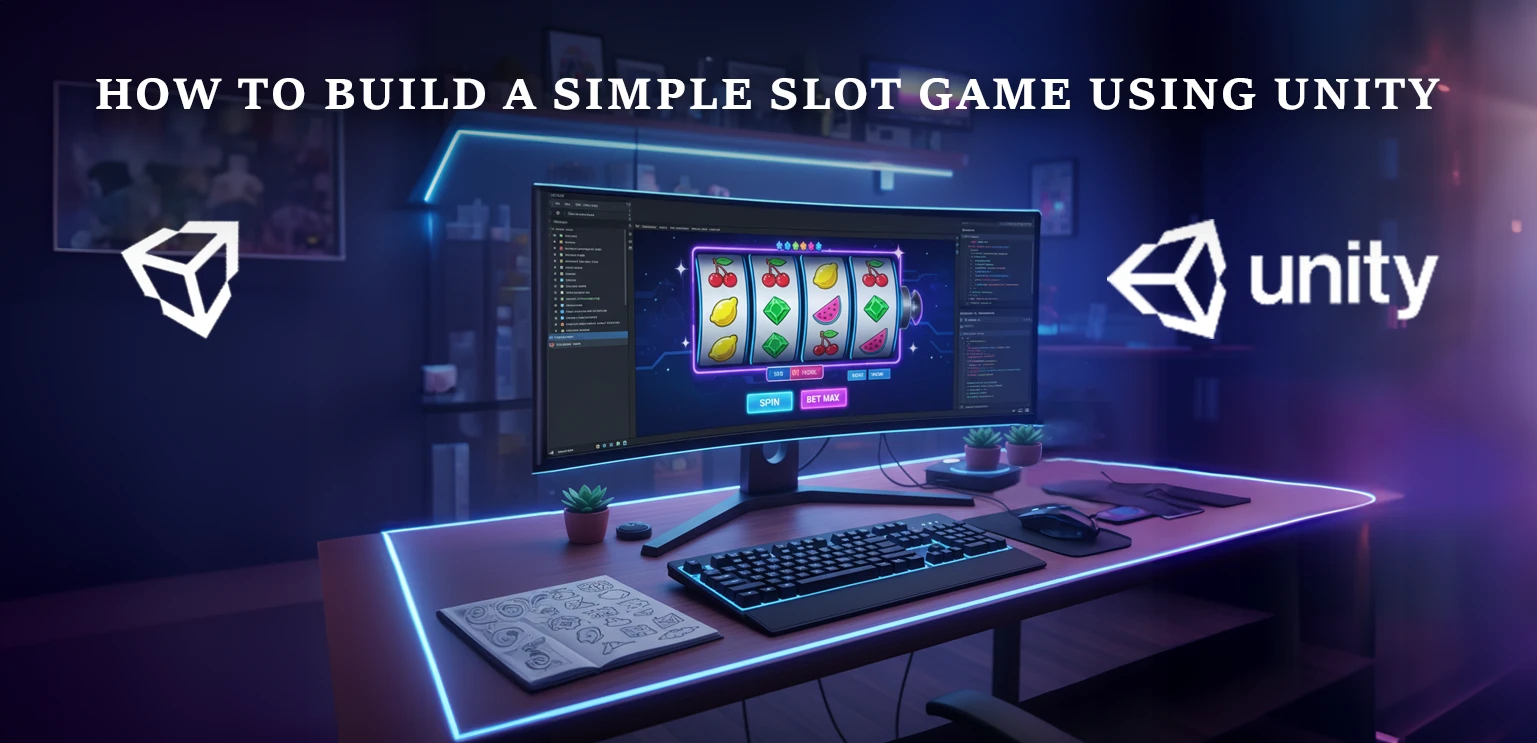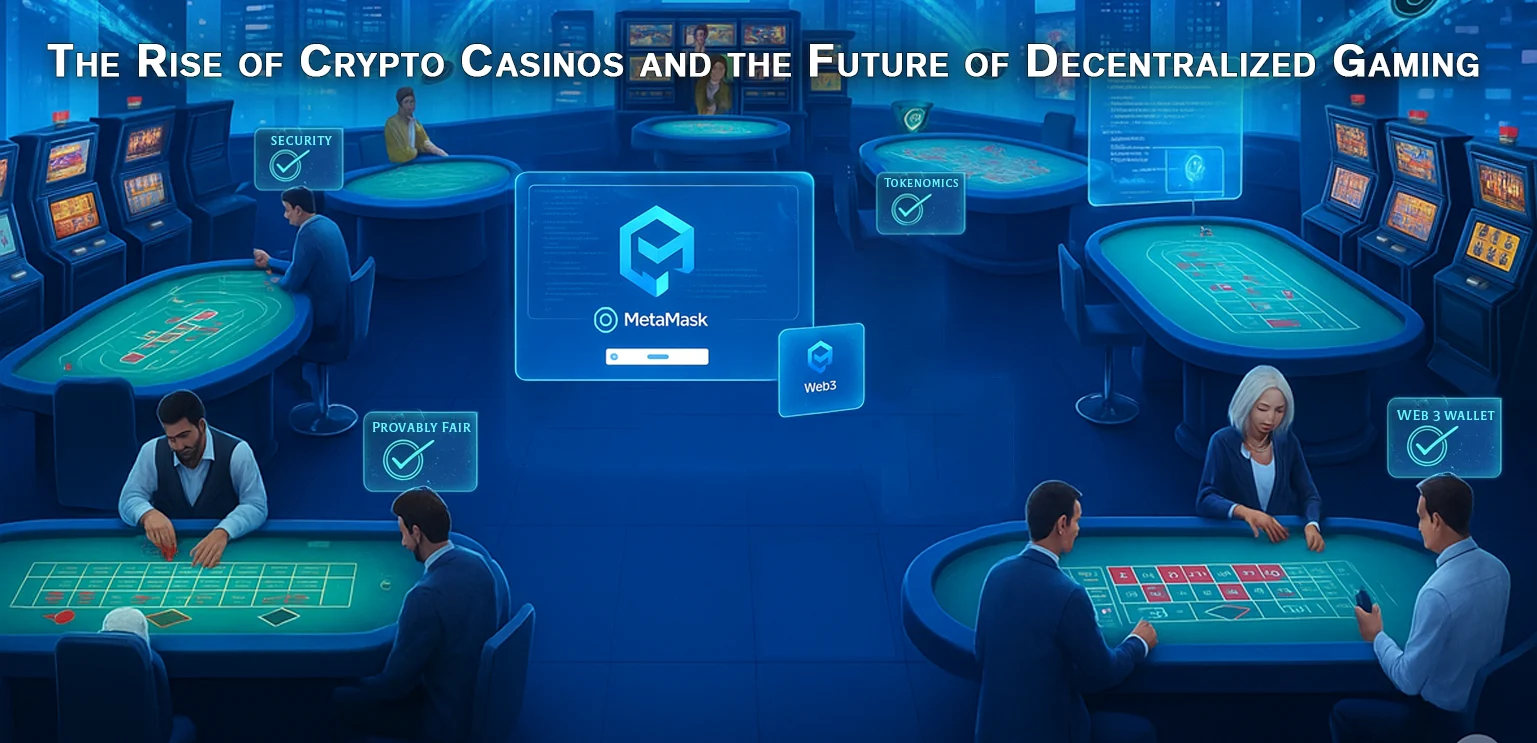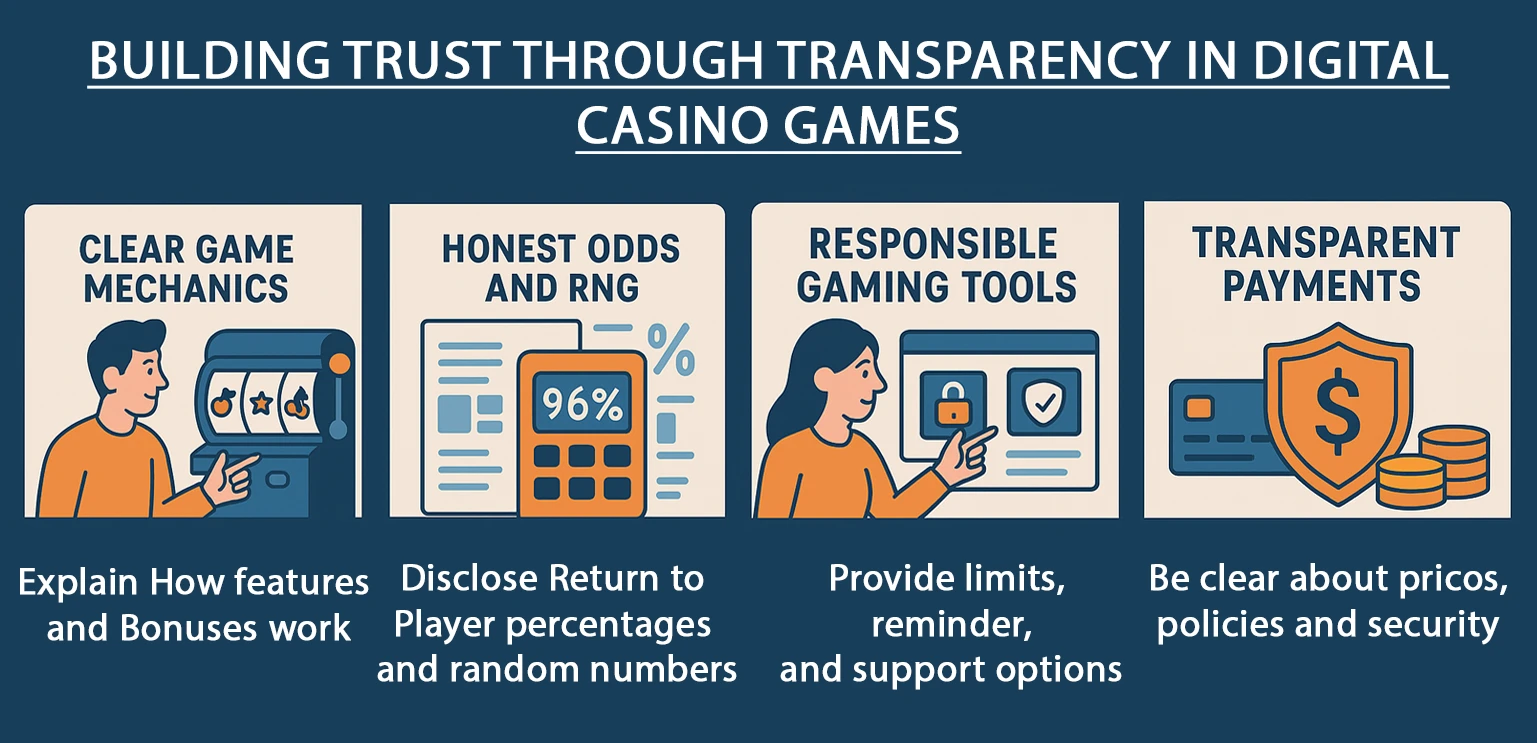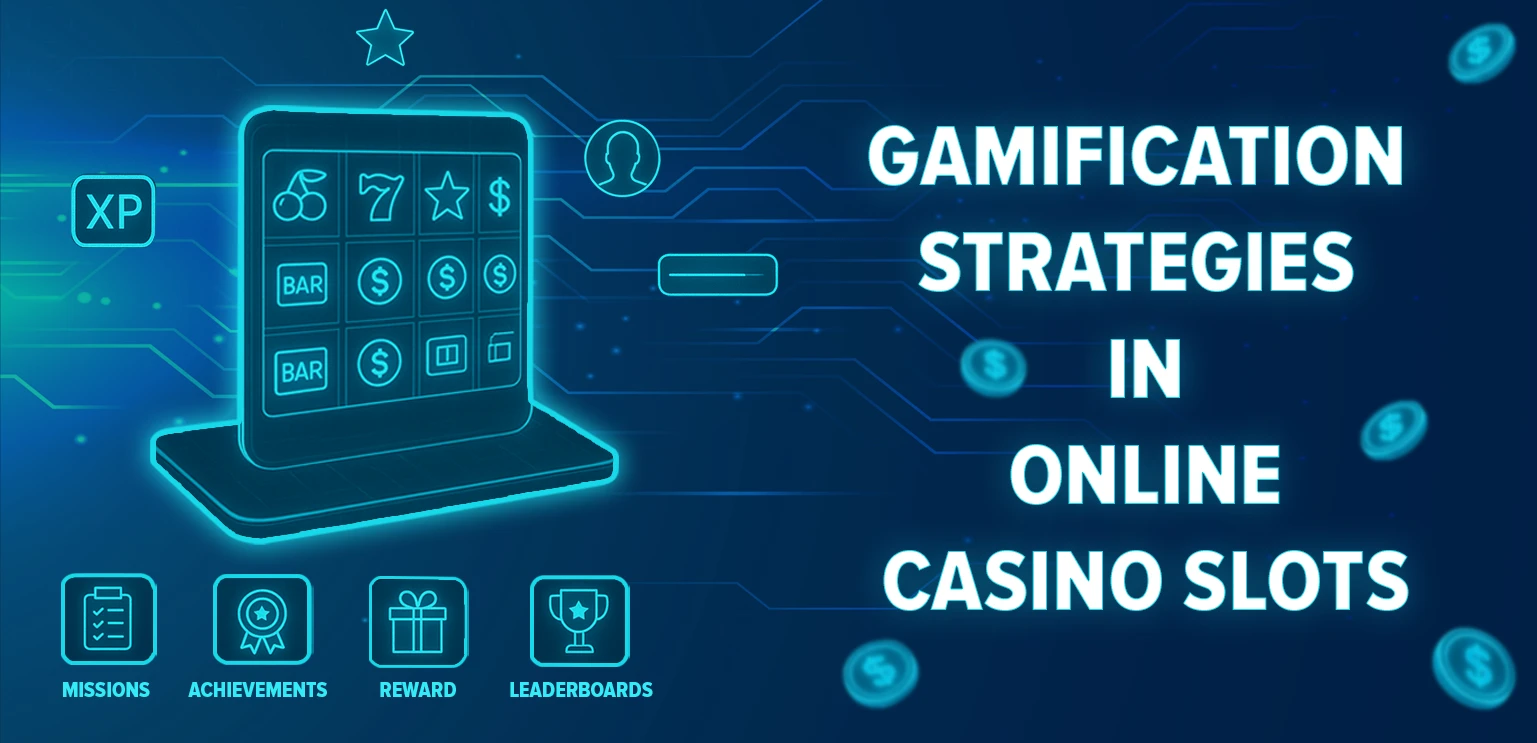Why Casual Video Game Features Enter Casino Games
More than ever, casino games are adopting casual video game mechanics: daily missions, leveling, avatars, and story arcs now appear in digital slot halls and roulette tables alike. These features are typically found in mobile or social games, but developers now aim to blend casual design with gambling mechanics for richer engagement and stickier experiences.
At Gamix Labs, we build slot games that feel more like games—not just thrills. In this article, we explore how and why casual game elements are transforming casinos—and what this means for retention, revenue, and player trust.
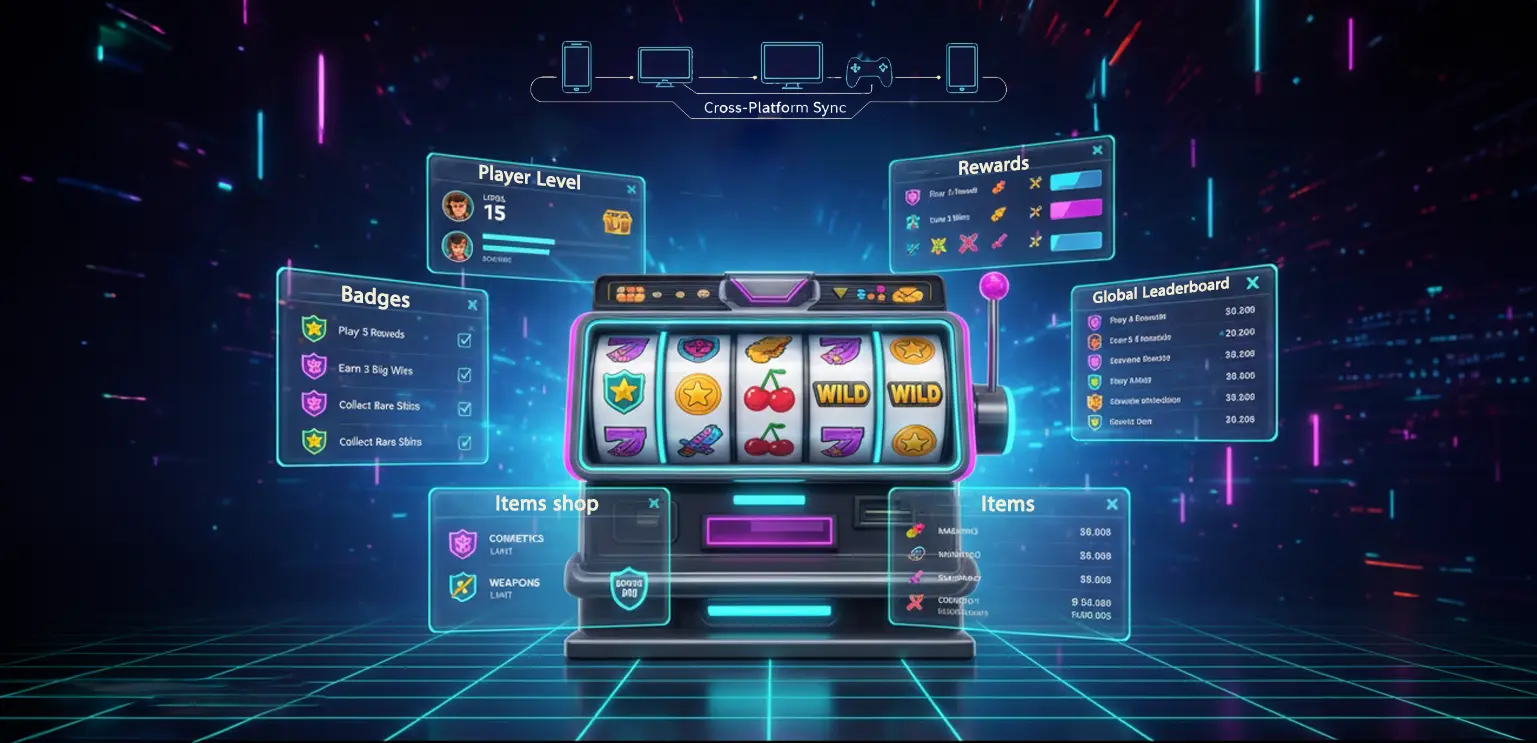
Understanding the Casual Video Game Mechanics in a Casino Context
🔹 Daily Missions & Quests
Players now complete objectives such as “spin 10 times” or “collect a level bonus.” Mission trees increase daily engagement and provide purpose beyond random outcomes.
🔹 Leveling & Experience Points (XP)
Every spin gives XP. Players unlock new themes, avatar items, or spin multipliers—creating a sense of progress that encourages repeat sessions.
🔹 Avatars, Themes & Collections
Cosmetics and collections help players feel ownership and identity. Unlocking visual rewards increases session time and satisfaction.
🔹 Storylines & Seasonal Content
Narrative arcs—rescue quests, treasure hunts, seasonal themes—keep casino gameplay fresh and dynamic.
Why These Mechanics Appeal to Casino Players
🔹 Emotional Engagement & Habit Formation
Gamification taps into habit psychology. Quests, XP meters, and progress visuals encourage players to return, not just for chance wins, but for structured growth.
🔹 Broader Appeal & Lower-Risk Entry
Casual gamers may feel uneasy about wagering. Game-like progression and cosmetic rewards ease the discomfort, bridging social and real-money players in hybrid models.
🔹 Boosting Monetization via Game-Like Spend
While classic casinos rely on bets and RTP, casual mechanics encourage small, consistent purchases—XP boosts, cosmetic skins, progression unlocks—enhancing revenue without high-stakes pressure.
Common Gaps in Competitor Coverage (Where Gamix Labs Adds Value)
🔹 Balanced Progression Loops
Most articles never cover pacing issues. Fast leveling ruins longevity; slow kills motivation. Gamix Labs designs optimized loops.
🔹 Ethical Spend Controls
We integrate cooldowns, spending caps, and purchase transparency—rare among competitor studios.
🔹 Cross-Platform Sync
Casual features must sync across devices. XP loss or avatar resets cause churn, but many competitor blogs ignore this.
How to Design Casino Games with Casual Mechanics—Correctly
🔹 Structured Progression with Fair Rewards
Examples:
- Bronze Tier: 5 spins unlock a small reward
- Silver Tier: XP + spins unlock mid-tier perks
- Gold Tier: Higher bets accelerate progression
🔹 Dynamic Missions & Seasonal Events
Weekly and monthly missions boost replay value. Rare items or XP multipliers help with retention spikes.
🔹 Social Connectivity & Leaderboards
Showcase avatar skins, achievements, and XP ranks. Visibility drives friendly competition and optional spending.
🔹 Player Safety Controls
- Spending reminders
- Session duration prompts
- Notification/missions opt-out
- Healthy gaming UI patterns
Business Benefits: Why Casinos Are Investing in Casual Features
🔹 Higher Engagement & Retention
Players return to progress—not just gamble.
🔹 Mixed-Revenue Streams
Cosmetic purchases + XP boosts = low-risk monetization.
🔹 Better Personalization
Mission progress and XP data reveal player types for tailored offerings.
UX & Security Best Practices
- Clear labeling of free vs. paid progress
- Avatar + XP sync across devices
- Encrypted gamer profiles
- Easy mission/notification opt-outs
Gamix Labs’ Framework for Casual-Enhanced Slots
Gamix Labs specializes in:
- Balanced XP progression engines
- Daily/weekly/seasonal missions
- Ethical monetization with spending caps
- Social & leaderboard tools
- Cross-platform sync between mobile and web
- Transparent odds, purchase clarity, and progression disclosures
Our goal is fun + fairness + long-term trust.
Conclusion: Win With Engagement—Not Exploitation
Casual game mechanics have found a powerful home in casino games—and for good reason. Players stick around longer, enjoy deeper gameplay, and may choose to spend in small, consistent ways rather than occasional big bets. The key is to maintain fairness and transparency: everyone wins when XP and cosmetic rewards supplement—not replace—core gameplay.
At Gamix Labs, we see the future of slot and casino games in the thoughtful fusion of casual gameplay and responsible design. When fun, fairness, and long-term engagement come together, everyone wins. If your goal is to create experiences that delight players while building lasting trust, let’s move the reels forward—smarter, friendlier, and more game-first than ever.
FAQs
Are these casual mechanics considered gambling?
Not inherently—cosmetic and XP-based mechanics are non-gambling unless tied to real-money wagering.
Do casual mechanics boost revenue effectively?
Yes—XP boosts, cosmetics, and unlockables drive steady micro-purchases.
Can these features attract non-gambling players?
Absolutely. They enjoy progression, social features, and may convert later.
How do developers prevent over-gamification?
By using cooldowns, session reminders, and opt-outs for progression alerts.
Do progression mechanics require compliance?
Only when tied to real-money gambling or random paid items.
How does Gamix Labs implement such systems?
With balanced XP engines, mission pacing, ethical spending controls, and cross-platform sync.
